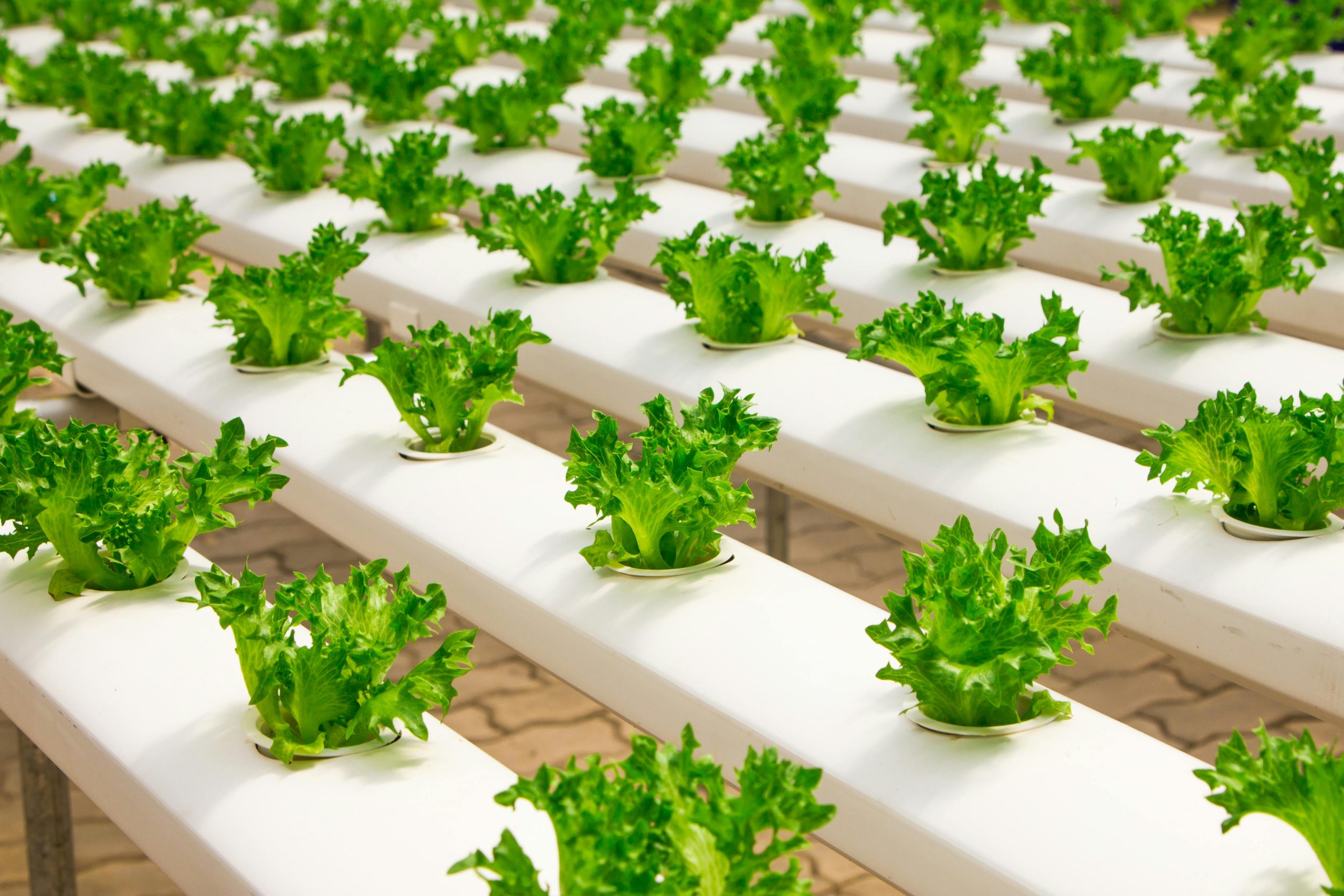Abstract
GrowSync is a low-cost, open-source, PHP-based farm management system for integrated aquaponics and hydroponics. Many smallholder and urban farmers lack affordable, easy-to-deploy digital tools to monitor production and access markets.
This project will develop a modular, multi-user web application that integrates third-party sensors and plugins for real-time tracking of pH, temperature, dissolved oxygen, and nutrient levels. Designed for deployment via Softaculous, GrowSync ensures accessibility even on shared web hosting platforms without advanced technical requirements.
The system will integrate with WordPress and WooCommerce, enabling farmers to create their own e-commerce websites to sell produce, share updates, and manage transactions—transforming each installation into a model of a digitally-enabled farm.
Expected outcomes include an installable, open-source farm management platform with role-based access, cloud sync features, and AI-ready data architecture. GrowSync supports agrifood system transformation through digital inclusion, sustainable production, and farmer-led participation in the digital economy.
Conceptual Background
Over 60% of smallholder farmers in developing countries lack access to digital farm management tools, hindering productivity and market integration (FAO, 2021). Existing smart agriculture platforms are often high-cost, cloud-dependent, or require advanced technical skills, creating barriers for adoption in low-resource, shared-hosting environments typical in the Global South.
Current digital farm management systems inadequately serve aquaponics and hydroponics practitioners in low-resource settings. Prior models, such as FarmBot and OpenAg, focus on closed systems or hardware-intensive setups. These systems fail to integrate accessible e-commerce features or provide scalable deployment options via shared hosting. GrowSync addresses this gap by offering a low-cost, modular platform that integrates real-time sensor monitoring with WordPress-based e-commerce on shared hosting environments.
This research is guided by the Diffusion of Innovations theory (Rogers, 2003), emphasizing how accessible, low-barrier technologies influence adoption rates among smallholder and urban farmers in developing regions.

Research Objectives
- To develop and deploy a modular, PHP-based farm management system for integrated aquaponics and hydroponics using Softaculous-compatible architecture.
- To integrate WordPress and WooCommerce functionalities through plugins, for farmer-led e-commerce adoption.
- To assess the accessibility and adoption potential of the platform among smallholder and urban farmers through usability testing and feedback mechanisms.
Research Hypothesis
GrowSync will achieve higher adoption rates among smallholder and urban farmers compared to existing open-source farm management systems, due to its low-cost, modular design, compatibility with shared hosting, and integration of e-commerce features—addressing key barriers identified in the diffusion of digital agriculture technologies in developing regions.
Research Methodology
This study employs a mixed-methods design to evaluate GrowSync’s adoption, usability, and digital inclusion impact. Quantitative data includes installation rates, modular feature activation, and download metrics from WordPress and Softaculous. Qualitative insights will be gathered through user interviews and integrated feedback forms. The research integrates software adoption models, such as the Technology Acceptance Model (TAM), and employs in-app analytics and shared hosting deployment tracking as project management tools.
Quantitative data will be collected via surveys and Softaculous installation logs. The survey will assess technology adoption and income levels to ensure diversity. This aligns with the Technology Acceptance Model to evaluate perceived usefulness and ease of use.
Quantitative data will be analyzed using Python (Pandas) in Google Colab, applying descriptive statistics, t-tests, ANOVA, and regression analysis. Visualizations will be generated using Matplotlib and Seaborn. Qualitative data will be analyzed using thematic coding and Net Promoter Score.
Random sample of 120 smallholder and urban farmers will be selected using stratified sampling based on income levels and technology adoption. Data will be collected from survey responses and Softaculous installation logs. Participants will be drawn from Filipino digital communities.
The GrowSync platform’s open-source nature allows easy adaptation to different regions, farming techniques, and research areas. It can be scaled across the Philippines and Southeast Asia, supporting diverse agricultural systems and applications beyond hydroponics, aquaponics, and other agricultural research.
Informed consent will be obtained from all participants. Data privacy will be ensured through secure storage. Environmental safeguards will include labeling the carbon footprint of third-party plugins in the platform.
Expected Results
The expected outcome is the deployment of GrowSync across at least 120 smallholder and urban farms. Measurable targets include installation rates, feature activation, and WooCommerce adoption. Data will be collected through surveys and Softaculous logs, providing ongoing insights into adoption and scalability.
The research will provide adoption standards suggestions for Digital Agriculture projects, aligned with the Bureau of Agriculture and Fisheries Standards (BAFS). Findings will address adoption barriers, refine GrowSync, and inform policies to support digital agriculture integration, fostering sustainability and advancing digital transformation in the agrifood sector.
Novelty of Research
This research introduces active deployment research, studying GrowSync in real-time as it’s deployed to smallholder farmers. Unlike traditional studies, this approach provides dynamic, real-time data on technology adoption, enabling continuous adaptation and scalability testing for broader agricultural applications.
This research introduces active deployment research with real-time data collection through surveys, Softaculous installation logs, and user feedback. The methodology integrates TAM-based evaluation and stratified sampling, allowing continuous analysis of technology adoption and usability challenges during deployment.
This research combines digital agriculture, open-source software development, and e-commerce with socioeconomic analysis. By integrating tools like Python, Google Sheets, and WordPress, it merges technology adoption theories with practical solutions for smallholder farmers, promoting sustainable, inclusive agriculture.
Feasibility and Risk of Research
| Risk Factor | Probability | Impact (1–5) | Mitigation Strategy |
|---|---|---|---|
| Data privacy concerns | Medium | 5 | Implement two-factor authentication (2FA), data anonymization, and secure storage protocols. |
| Low adoption rate in targeted regions | High | 5 | Focus on active user engagement; offer incentives for participation; partner with the government for promotion. |
| Technical issues with platform deployment | Medium | 4 | Regular testing and debugging; use open-source feedback from users through digital communities. |
References
Food and Agriculture Organization of the United Nations (FAO). (2021). Strengthening digital agricultural extension and advisory services in smallholder farming. FAO. https://openknowledge.fao.org/server/api/core/bitstreams/ae883789-2449-401d-9204-5dd0758e7d3e/content
Rogers, E. M. (2003). Diffusion of innovations (5th ed.). Free Press.
